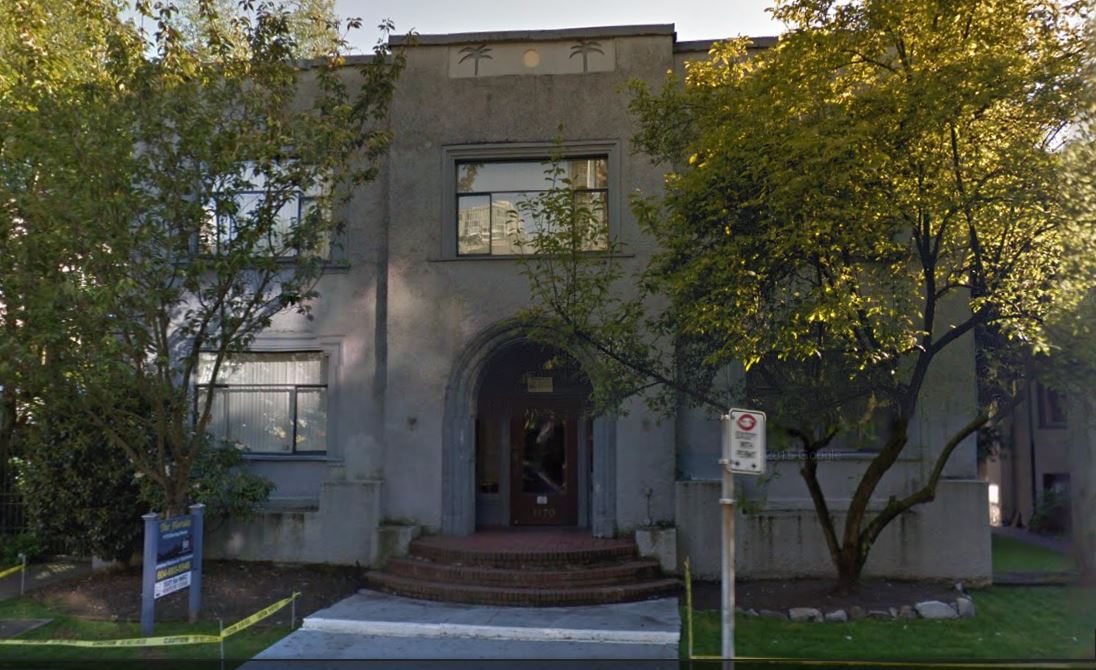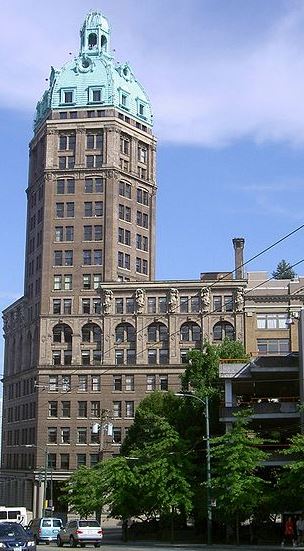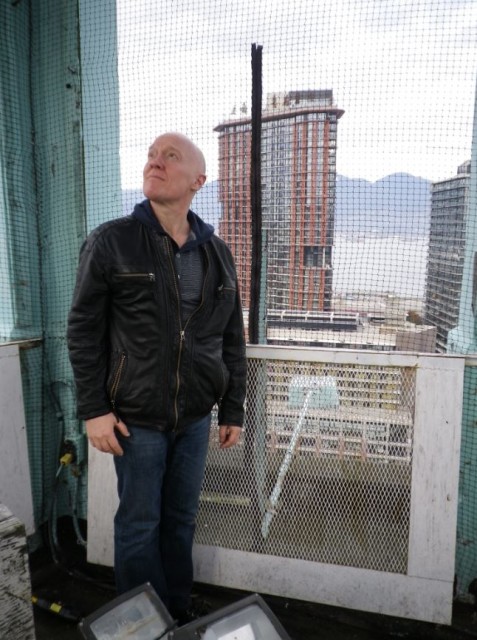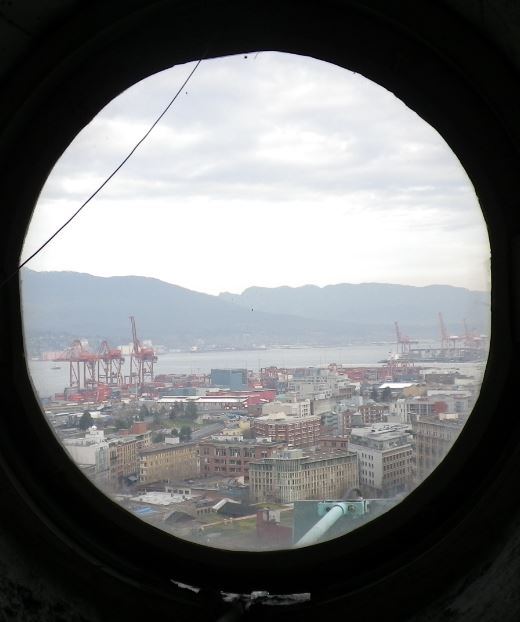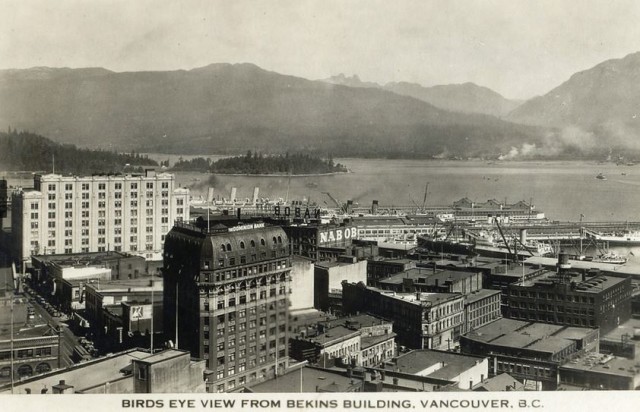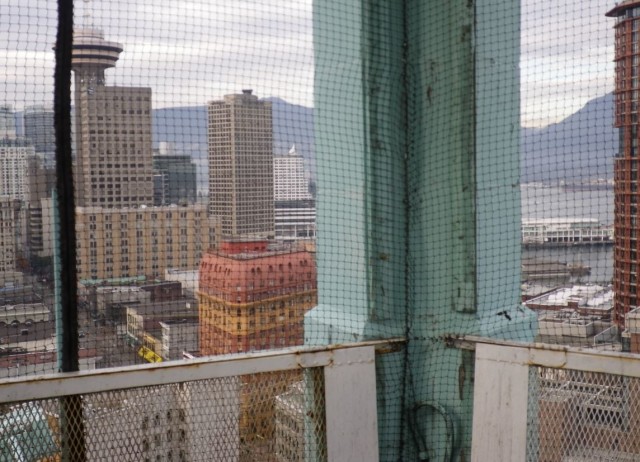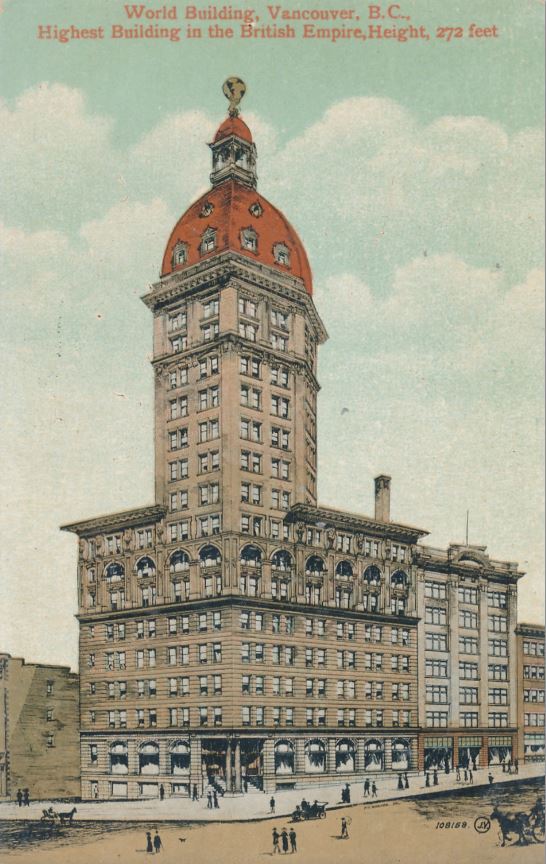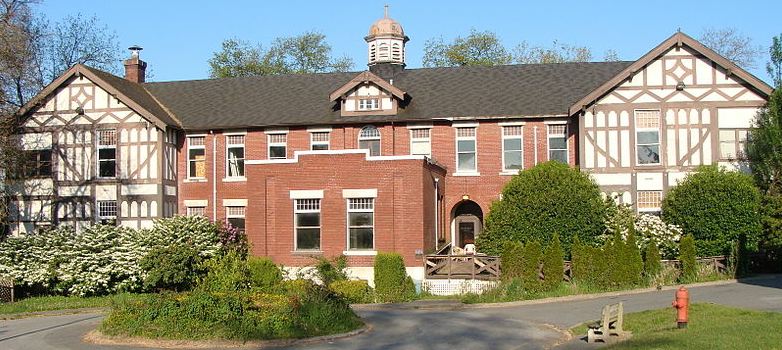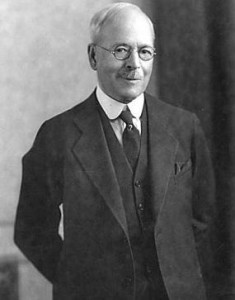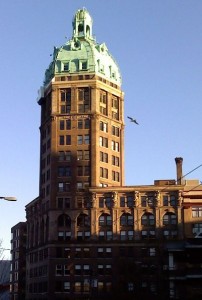
Wanted! The Provincial government is looking for a home for several tons of black marble, currently residing in a Coquitlam storage facility.
The marble is about 12 feet high and roughly six feet wide, and that’s all there is left from Vancouver’s Centennial fountain that first sat outside the former Vancouver courthouse in 1966. It was turned off in 2014 after a leak was found in the VAG’s storage area and hauled away in 2017.
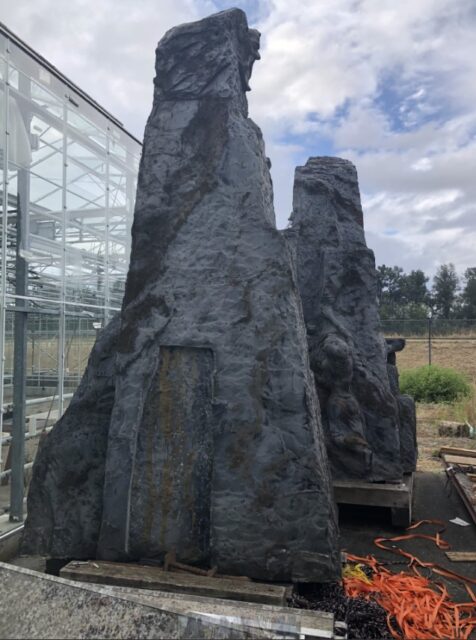
Designed by Robert Savery:
The Centennial fountain was designed by Robert Savery, a landscape gardener and provincial government employee. It had blue and green mosaic tiles with colours that changed at night and pumped out over 1.3 million litres of water an hour through 245 brass sprinkler heads.
This story is from Vancouver Exposed: Searching for the City’s Hidden History.
From the outset the fountain was controversial, and not because of its colonial origins. The local artistic community said the government should keep out of the fountain business and put all public art to a competition. “[Government] employees aren’t qualified to design works of art or sculpture. They are incompetent in these fields of art,” said Frank Low-Beer, chair of the community arts council committee.
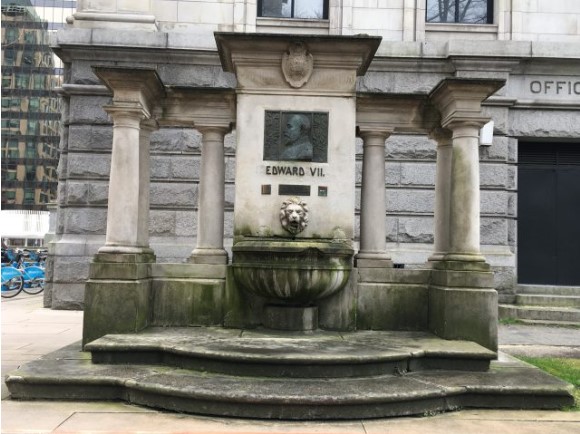
Alex Von Svoboda:
In the centre of the fountain stood a marble sculpture designed by artist Alex von Svoboda, reputedly an Austrian count who immigrated to Toronto after World War 11.
Over the next five decades, the fountain endured visits from canoeists, waders and pranksters with soapsuds. It was the meeting place and rallying point for dozens of public demonstrations including Grey Cup rioters and anti-war protesters in the 1960s, 4/20 cannabis smoke-ins and the tent city of Occupy Vancouver in 2011.
Ben Larsson of the provincial government’s asset management branch, has been the sculpture’s reluctant custodian for the past six years. He needs the space and if he doesn’t find a home for it soon, it will be carted off and demolished.
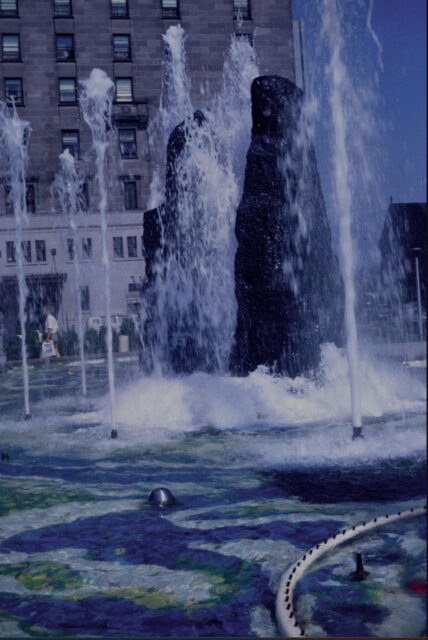
Expensive to fix:
Ben’s a nice guy, but he’s not the world’s best salesperson. He says the sculpture is cracked and in two pieces. An informal verbal assessment conducted by staff six years ago estimated the cost to fix the rock would be $250,000. Add another twenty-five grand to move it, he says.
“Short of sticking it out in a forest on its own, there’s no place where we can store it and no funds to pay for it,” says Ben. “The amount of money that is required to restore and relocate this thing is astronomical and there’s not a lot of public appetite for that.”
Here’s the thing. If nobody else is willing to step up, please drop the marble sculpture on my front lawn. Forget the $250,000, I’ll make do with a tube of Super Glue and some duct tape.
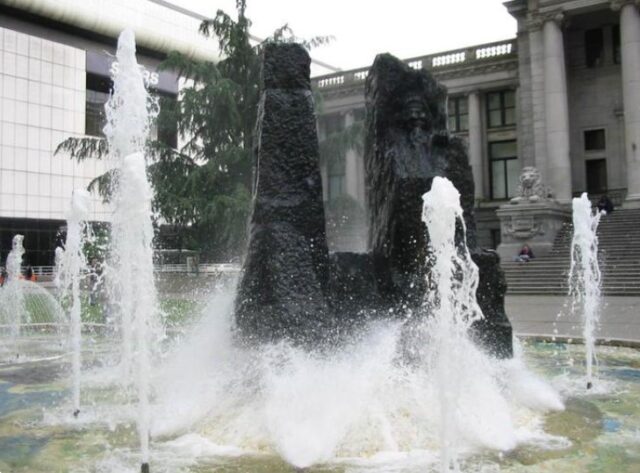
Copies of my new book, Beneath Dark Waters: The Legacy of the Empress of Ireland Shipwreck, are now available to preorder through my publisher Arsenal Pulp Press, from online retailers, and through independent bookstores across Canada
© All rights reserved. Unless otherwise indicated, all blog content copyright Eve Lazarus.



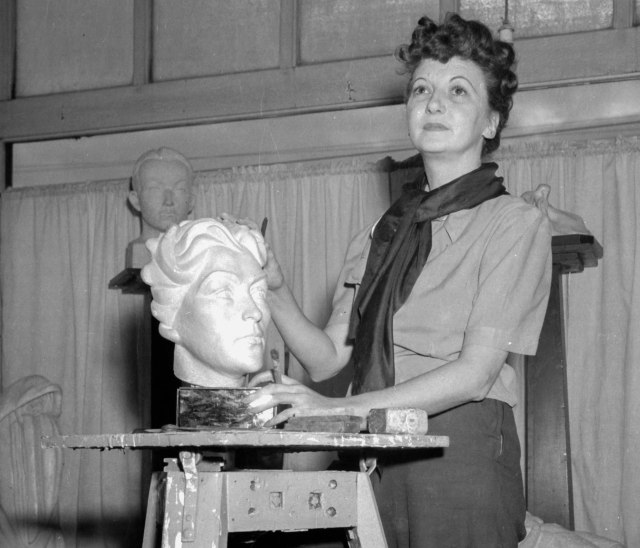
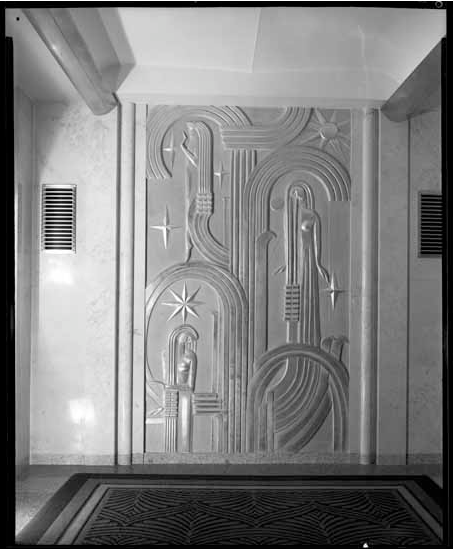
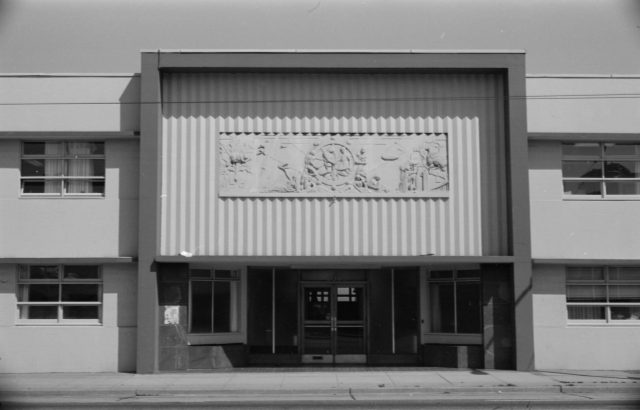
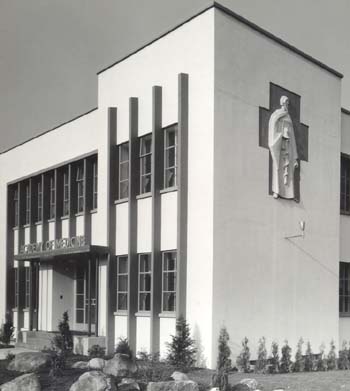
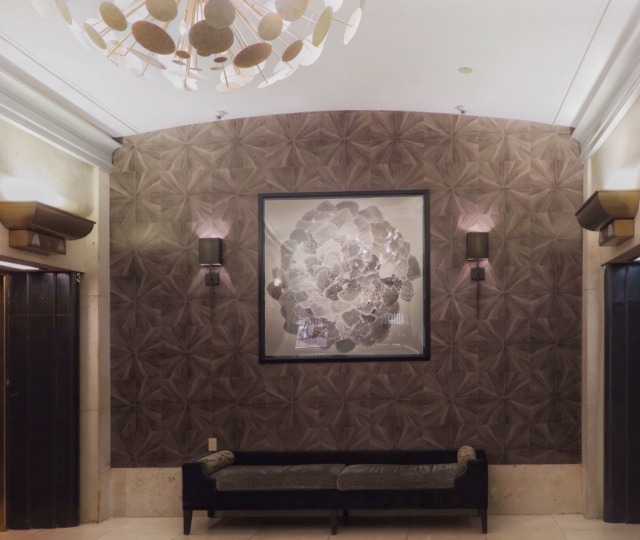
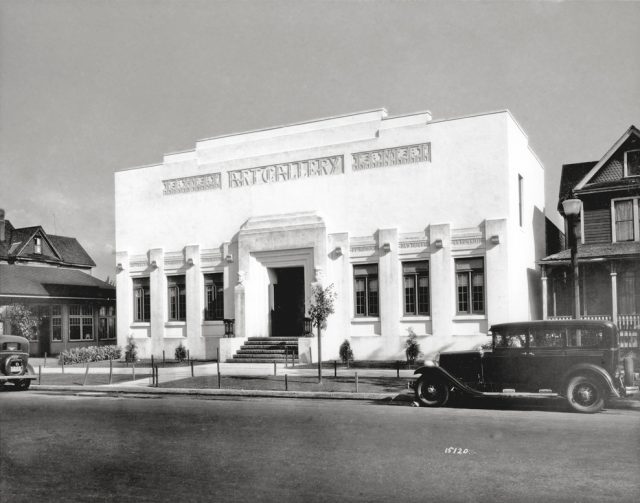
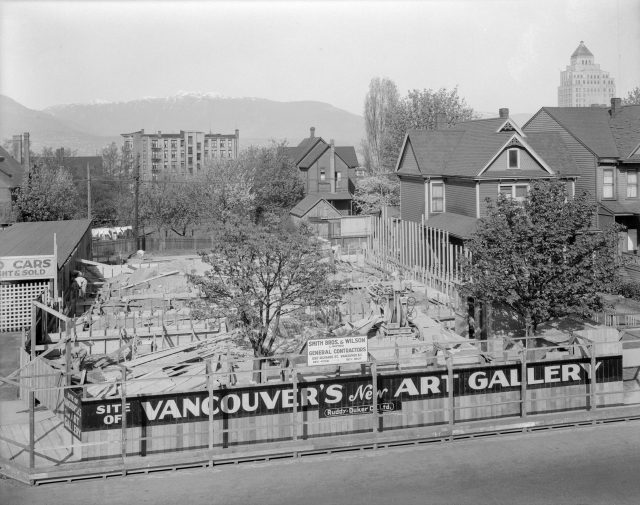

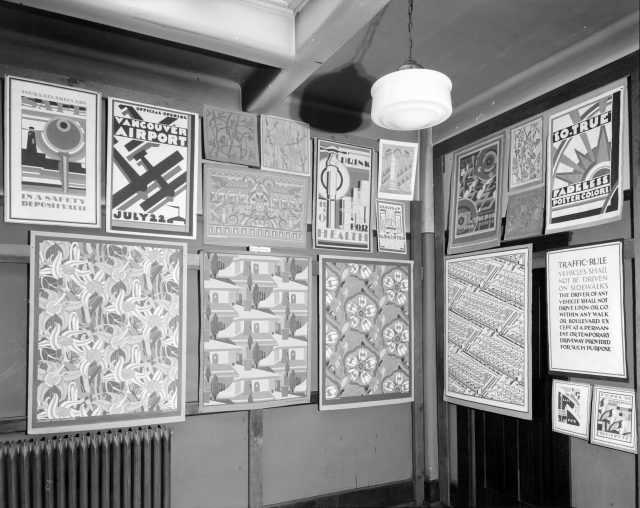
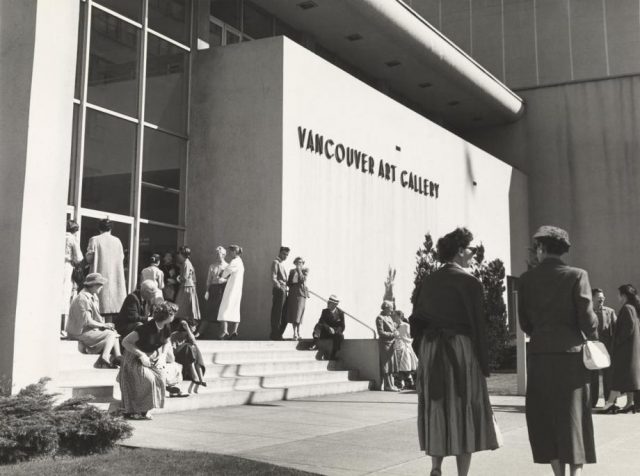
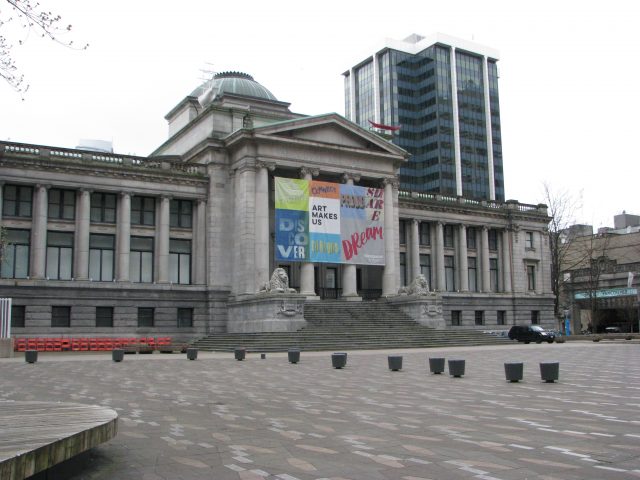


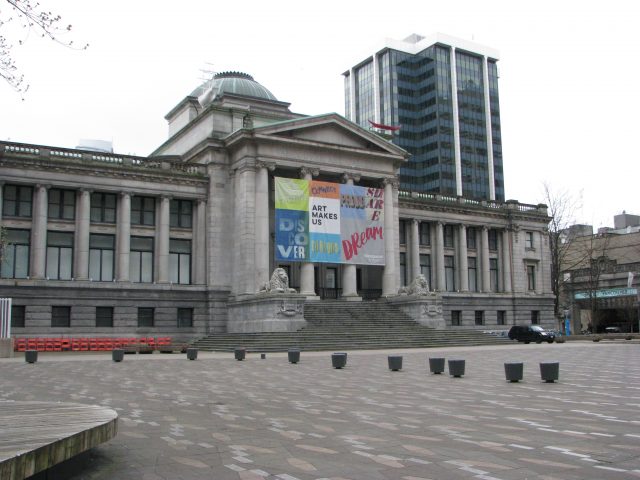
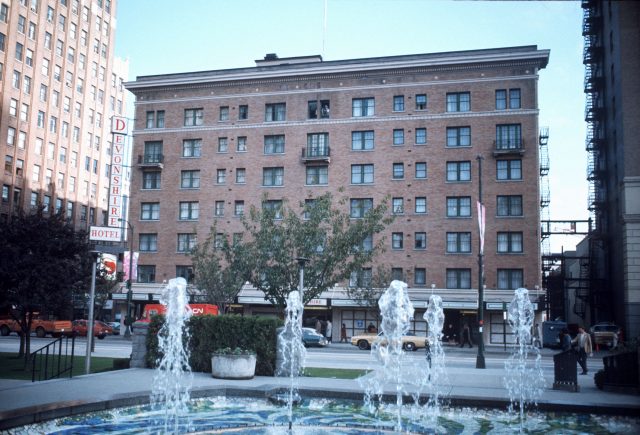
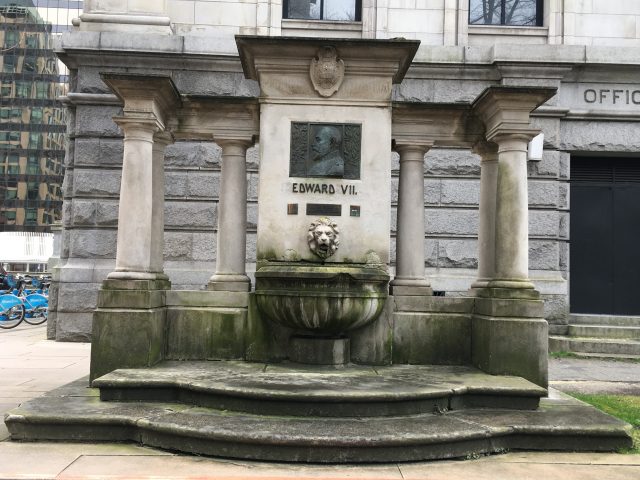
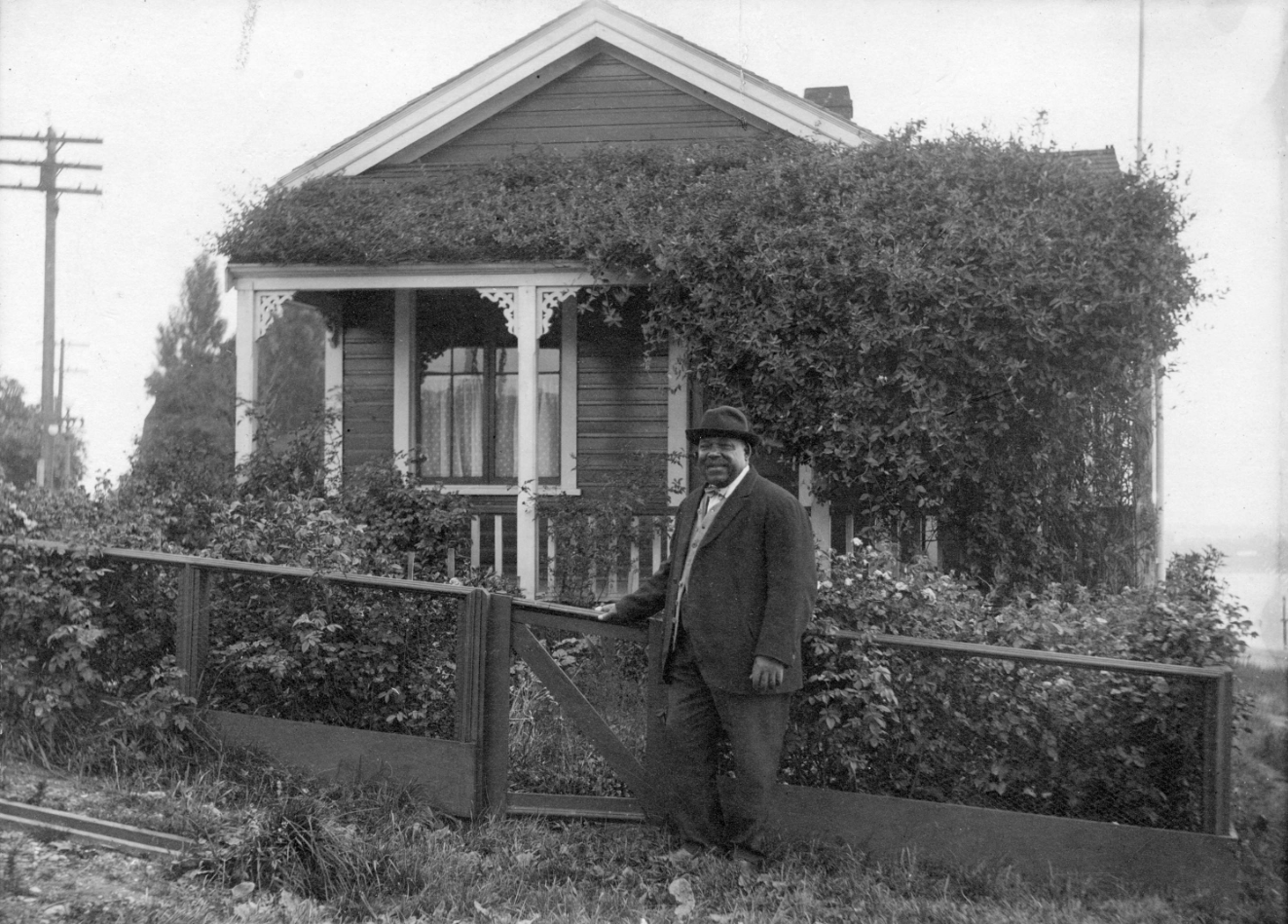
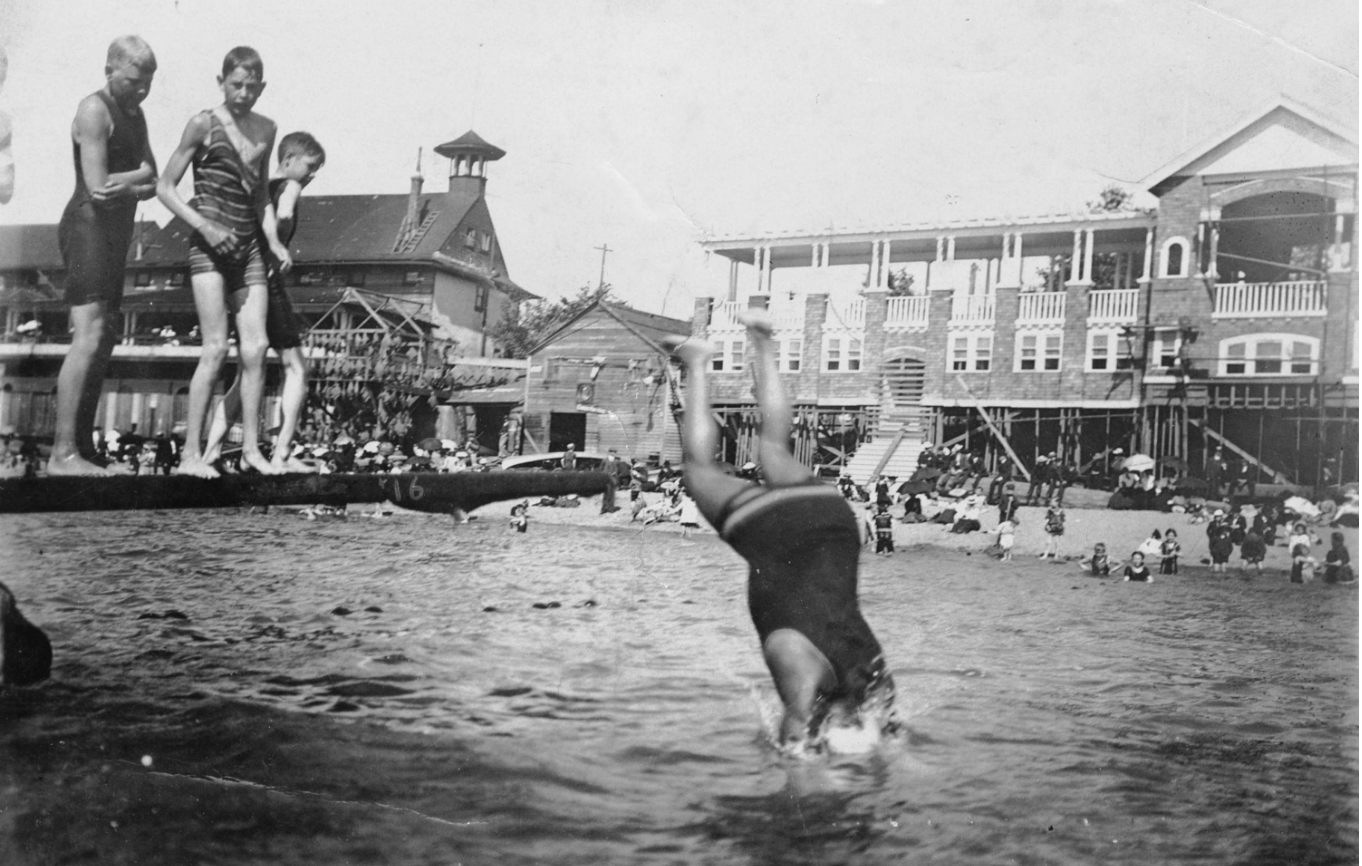
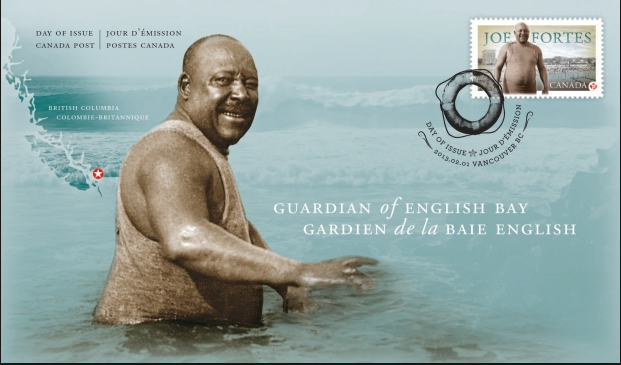
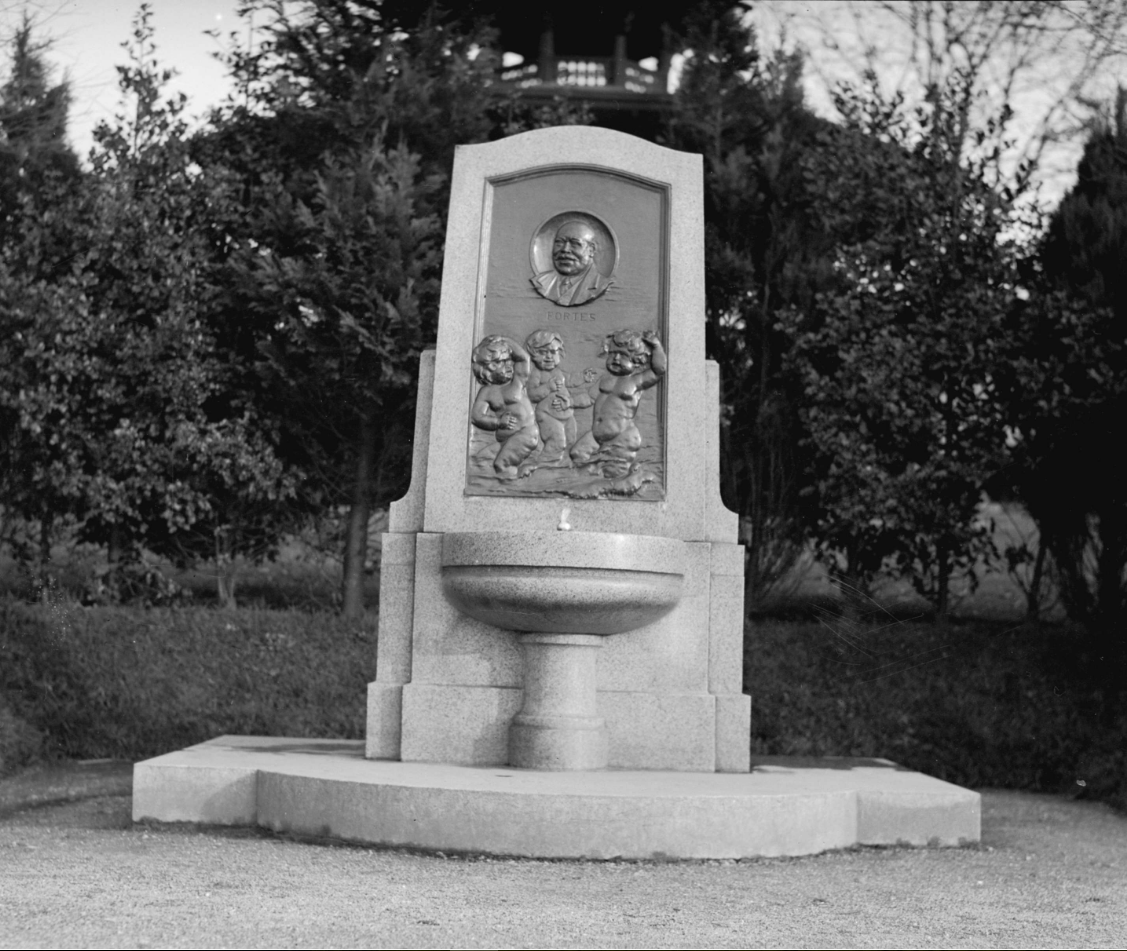
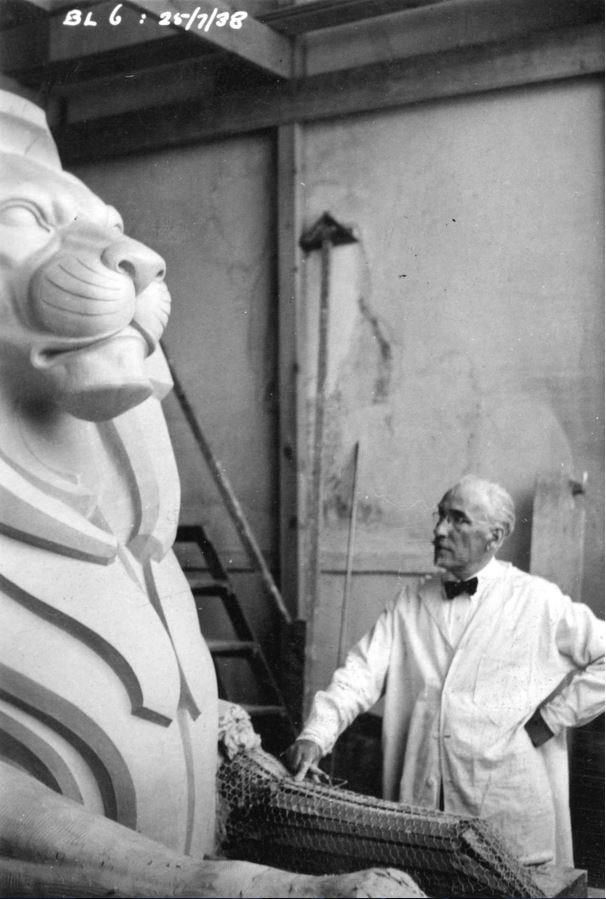
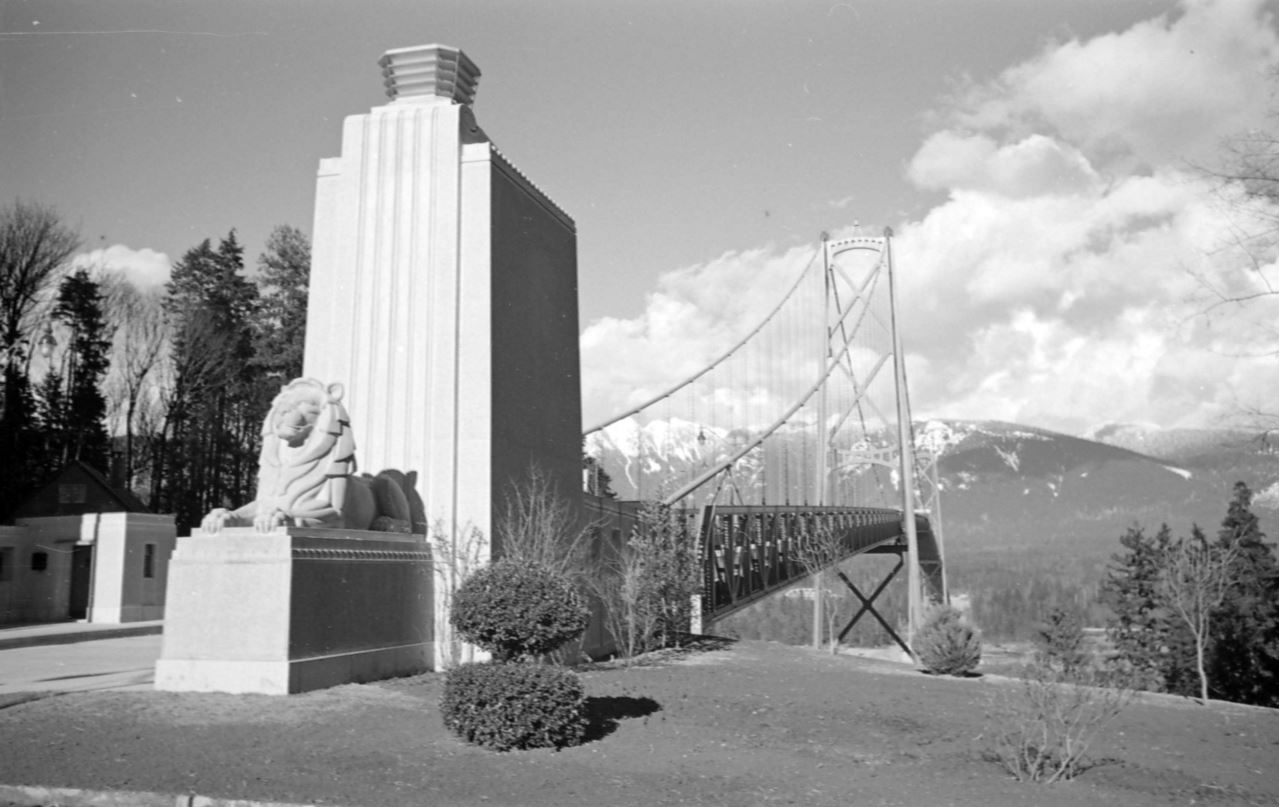
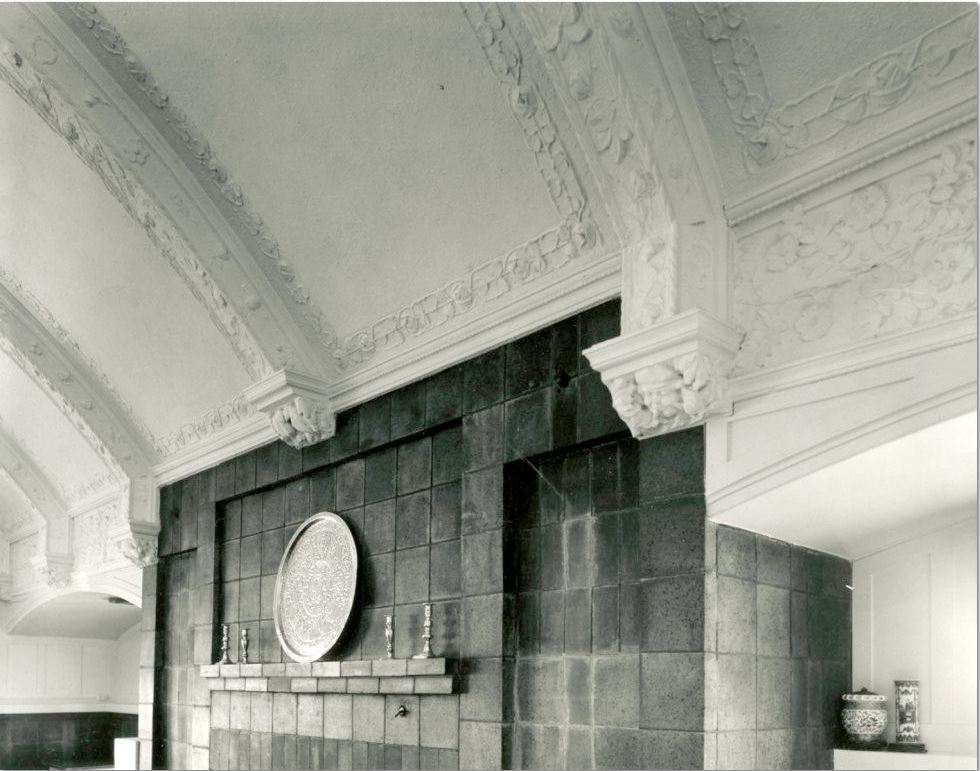
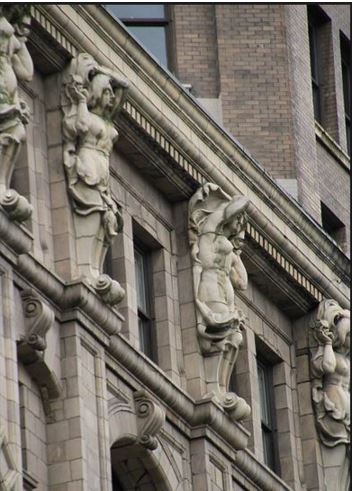 At that point Marega wasn’t very well known, but he had just shocked Vancouver’s sensibilities by carving nine topless terra cotta maidens on L.D. Taylor’s building (now the
At that point Marega wasn’t very well known, but he had just shocked Vancouver’s sensibilities by carving nine topless terra cotta maidens on L.D. Taylor’s building (now the 
